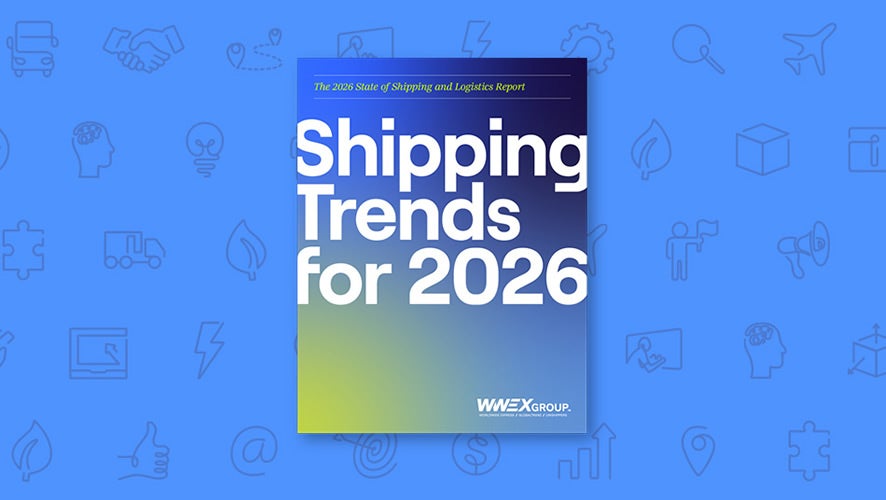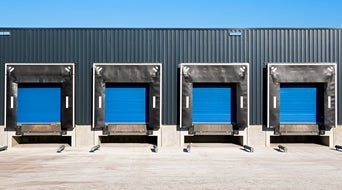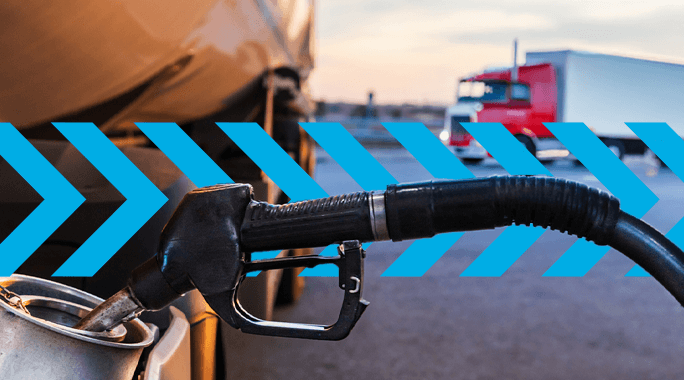BLOG POST
Understanding Parcel Fuel Surcharges and How To Plan for Them

Reading Time: 4 minutes
Fuel surcharges can make parcel shipping costs feel unpredictable, especially when it comes to small package shipping. These surcharges can change frequently, adding a layer of complexity to shipping invoices.
However, while the fees may seem arbitrary, there's a method and reasoning behind these variable costs. By understanding their origins and how they work, small to midsize business (SMB) and enterprise shippers can better plan for these charges and protect their bottom line.
History of Fuel Surcharges
A fuel surcharge is an additional fee that carriers apply to shipping costs to account for fluctuating fuel prices. These surcharges have been in use since the 1970s, when shipping companies introduced them to maintain stable operations during the global oil crisis. Today, major parcel carriers like UPS® use fuel surcharges to manage the impact of fluctuating fuel prices on their operations.
These surcharges are typically calculated using the national average fuel prices reported by the U.S. Energy Information Administration (EIA).
How unpredictable are fuel surcharges?
Fuel surcharges are generally more volatile during times of economic uncertainty, especially when global events affect the supply and demand of oil and gas. For example, here are two semi-recent examples when there have been significant diesel price spikes.
- March-April 2008: Diesel prices increased by $0.504 per gallon (from $3.377 to $3.881), a nearly 15% increase due to high demand and market concerns over supply.
- February-March 2022: Diesel prices spiked from $4.032 to $5.105 per gallon, a rise of about 26.6%, largely due to post-lockdown demand and the oil supply disruptions caused by Russia's invasion of Ukraine.
These fluctuations can sometimes be followed by rapid price drops, like in late 2008, when diesel prices fell by nearly 20%. Outside of major global crises, fuel prices tend to fluctuate more gradually, driven by factors such as inflation, crude oil prices and supply-demand dynamics.
How do carriers calculate fuel surcharges?
For express shipments, UPS and other carriers often calculate fuel surcharges based on jet fuel prices since these shipments mainly involve air transport, whereas fuel surcharges for ground shipments are usually based on diesel prices, the fuel used for the primary vehicle for these shipments.
While the increases are fairly comparable, each carrier creates their own index and determines how frequently to adjust their fuel surcharge and how it's applied. UPS, for example, updates their fuel surcharges weekly on Mondays based on the most recently released EIA data on diesel and jet fuel prices. They have a different rate for five types of parcel shipment: domestic ground, domestic air, international air export, international air import and international ground (export and import).
How To Estimate Your Fuel Surcharge and Overall Shipment Costs
Here's a way you can predict how the fuel surcharge and other fees and taxes figure into the total cost of a parcel shipment. This is a hypothetical example but is universal for all parcel carriers.
- Find the base shipping cost: This depends on the service level, origin and destination zones, and the weight and dimensions of your package. Rates vary based on whether you're paying retail rates or discounted rates through a third-party logistics provider (3PL). For example, let's say the base rate is $20. Now, move through steps 2-4 below.
- Add other fees and surcharges: Common fees for small package shipping include pickup charges, residential surcharges, remote delivery fees and signature-required services. Let's assume there's an accessorial charge of $5:
- Base rate: $20 + fee: $5 = $25
- Calculate the fuel surcharge: Check the current fuel surcharge for your shipping service. For example, if the surcharge is 18% for a domestic ground shipment:
- Base rate + fee $25 x 0.18 = $4.50 fuel surcharge
- Add taxes: Suppose there is a tax rate of 7%:
- Base rate + fees: $25
- Fuel surcharge: $4.50
- Tax: $29.50 x 0.07 = $2.07
- Total shipping cost = $31.57
How should SMBs plan for fuel surcharges?
Now that you know how fuel surcharges are calculated, what can you do about it? Here are some practical steps to help SMBs plan for these costs:
1. Track fuel surcharges regularly
You can look up surcharges on your own and use that for shipments you're sending out right away. Remember to account for likely additional fees and surcharges when estimating your fuel charge.
2. Bundle shipments
If you're regularly shipping to certain customers, see if they're okay with bulk shipments at less-frequent intervals. Shipping at greater weight usually means better rates, while fewer shipments mean less fuel consumption. Be sure to check out small package weight and size limits, though, to make sure you don't exceed the size and weight limits.
3. Negotiate discounts
If you have enough shipping volume, you have negotiating power to land discounts on fuel surcharges or other areas of your bill. SMBs may find this harder due to (relatively) smaller shipping volumes. However, a 3PL may be able to secure better discounts on your behalf because of their high-volume business with the carrier.
4. Build better estimates
Look at surcharge data to identify trends. For example, UPS posts a 90-day fuel surcharge history on ups.com. This may help you anticipate fuel surcharges for future shipments. Try to stay informed about market trends and current events that are likely to have a significant impact on fuel prices.
Worldwide Express Can Help You Save On UPS Shipping
Worldwide Express has more than 30 years of success in the logistics industry and helps thousands of shippers of all sizes move products with great efficiency. We are also part of WWEX Group, alongside GlobalTranz and Unishippers. Combined, these companies make up one of the largest and most diverse 3PLs in the industry, providing shippers with top solutions that help them succeed.
See how Worldwide Express can help you better understand and forecast for fuel surcharges for cost savings and operational efficiencies. If you are ready to talk to an expert about our parcel solutions, reach out for a free consultation today!





